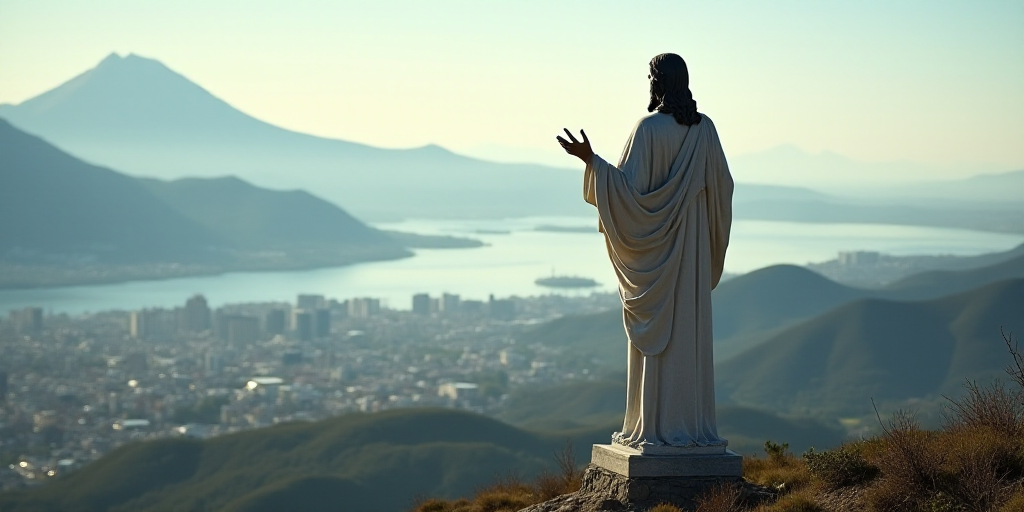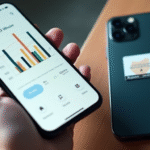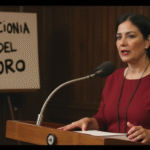Background on Oi and its Current Situation
Oi, a major Brazilian telecommunications company, is facing significant financial challenges. The firm has been attempting to reorganize its debts through judicial processes and is seeking protection under Chapter 11 of the U.S. Bankruptcy Code, as it cannot do so in Brazil due to a five-year gap between bankruptcy proceedings. Oi’s major shareholders are currently creditors who converted their debt into shares during the judicial recovery process.
Judge’s Decision and Financial Projections
On Tuesday, Judge Simone Chevrand of the 7th Commercial Court in Rio de Janeiro ordered intervention and removal of Oi’s directors amidst these financial difficulties. The projected cash flow for Oi is approximately 21 million reals (US$3.953 million) by the end of the month. Without a temporary suspension of debt collection, Oi could face a negative cash flow of US$33.511 million by the end of October, according to court data.
Extra-concursial Obligations and Judge’s Order
The judge ordered a 30-day suspension of extra-concursial obligations totaling US$282.397 billion, including the debt owed to V.tal, a fiber-optic company controlled by BTG Pactual and a joint venture with Oi. V.tal had provided a debtor-in-possession (DIP) financing to Oi in the second RJ, with payment priority and protection from future restructuring, amounting to US$138.186 billion. V.tal is also owed US$37.653 billion for providing connection services.
Impact on Creditors and Shareholders
Currently, Oi’s largest shareholders are creditors who converted their debt into shares during the judicial recovery process. The company’s attempt to seek Chapter 11 protection in the U.S. stems from its inability to do so again in Brazil within the five-year bankruptcy proceeding gap. U.S. bankruptcy proceedings also allow for the inclusion of non-claim debts, which is beneficial for Oi.
Key Questions and Answers
- Who is Oi and why is its situation relevant? Oi is a significant Brazilian telecommunications company facing severe financial difficulties. Its situation is relevant because it represents a major player in the telecom sector and its struggles could have broader implications for investors, creditors, and the industry as a whole.
- What is Chapter 11 and why is Oi seeking it? Chapter 11 of the U.S. Bankruptcy Code allows companies to reorganize their debts and operations while remaining in business. Oi is seeking Chapter 11 protection because it cannot do so in Brazil due to the five-year gap between bankruptcy proceedings.
- What are extra-concursial obligations, and why were they suspended? Extra-concursial obligations refer to debts or financial commitments outside the scope of bankruptcy proceedings. In this case, Judge Chevrand ordered a 30-day suspension of these obligations to provide Oi with some financial relief.
- Who are Oi’s major shareholders, and how did they become so? Oi’s major shareholders are currently creditors who converted their debt into shares during the judicial recovery process.






